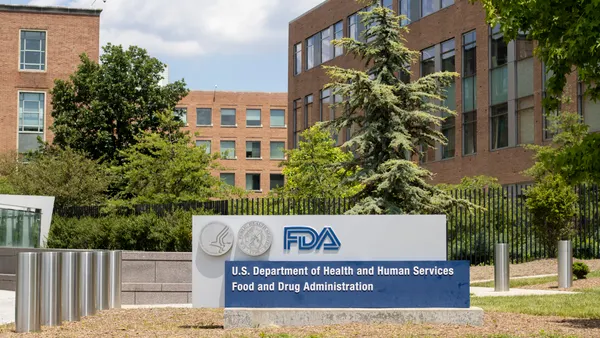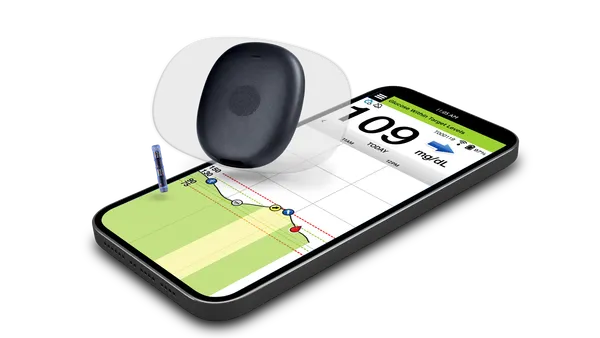Dive Brief:
- A U.S. Department of Veteran's Affairs health system in California is set to become the world's first 5G-enabled hospital, VA Secretary Robert Wilkie said this week.
- The Palo Alto Health Care System's 5G system — the fifth generation of cellular mobile communications — will be operational this week, Wilkie said in a speech Wednesday at the National Press Club in Washington.
- The announcement comes during a period of upheaval for the VA. Deputy Secretary James Byrne was fired Monday in a "simple business decision," according to Wilkie, though Byrne was facing accusations of mishandling a sexual misconduct case within the department. Byrne's departure won't affect the VA's massive $10 billion rollout of a new electronic records system with Cerner, which is still slated to go live at pilot sites in March.
Dive Insight:
Telecommunication providers are racing to saturate new markets with next-generation 5G technology, which can handle 1,000 times more traffic and is up to 10 times faster than today's 4G LTE networks — equivalent to downloading an HD movie onto a cellphone in less than a second. In healthcare, benefits of 5G down the road could include greater use of virtual care, streamlined communications inside hospitals and physician's offices and lower costs over time.
In his Wednesday address, Wilkie focused on the surgical and telehealth aspects of 5G.
"What 5G will deliver is richer, more detailed three-dimensional images of patients' anatomy. The resolution is so clear and consistent that it will give us reliable means of delivering telesurgery services to veterans across the nation," Wilkie said. "That means we will have the capacity to allow VA's best physicians to consult during surgery even if they are not in the same room, or are halfway across the country."
Telehealth is a key investment priority for the VA. More than 900,000 veterans used the department's virtual care offerings, and use of the VA's Video Connect app was up 235%, over the past year. Beyond enabling telehealth, 5G will assist clinicians in the operating room, Wilkie said.
"Imagine a doctor being able to see layers beneath the skin before the first incision is ever made," he said. "The FDA was never able to approve these sorts of practices in surgery because 4G technology simply could not carry that much information. But we are on the cutting edge."
The VA is the nation's largest integrated healthcare system. But most major hospital operators have stayed on the sidelines of the next-generation telecommunications, saying they're excited about 5G's potential but wary of the tech's ROI in a tough financial environment.
Wilkie said the Palo Alto facility will be the first in the world to cross the finish line to 5G. Fact-checking that claim is difficult, however, because it depends on how "fully 5G-enabled" is defined.
Chicago's Rush University Medical Center announced early last year it was deploying AT&T's network to become the first U.S. system to use standards-based 5G. The status of its small cell installation to enable the network is unclear, and Rush did not respond to a request for comment Thursday, but its CIO told Healthcare Dive in March last year it was only testing the tech in periphery, non-clinical areas like nurse-to-doctor communication.
The chief U.S. rival in the area, China, already has a network of 5G-enabled hospitals. A Beijing facility, China-Japan Friendship Hospital, finished building its 5G network in February, according to Chinese financial publication YiCai Global. Additionally, 30 leading hospitals in the country are currently participating in a research project for 5G-telemedicine networks, looking at how the technology overlaps with clinical applications.













